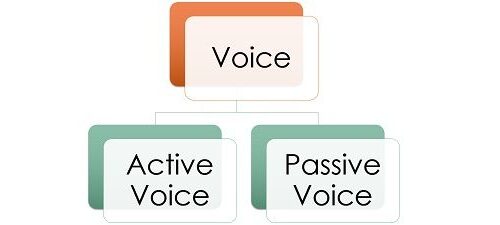It’s one of the most common errors; many people genuinely do not know there is a difference between ‘its’ and ‘it’s’. These ‘Commonly Confused Words’ are the next in our series.
In our ‘Commonly Confused Words’ series we set out to explain some of the most misunderstood and misused words in writing. As with our other articles in this series, we will be referring for our definitions to the Macquarie Dictionary—the authority on Australian English spelling.
You might be interested in our other articles. We encourage you to read ‘Commonly Confused Words: “Their”, “They’re” and “There” ’, because it also explores contractions.
Its
‘Its’ is an adjective or pronoun, depending on how it’s used in a sentence. The Macquarie Dictionary defines it simply as ‘the possessive form of it’. Here it is in a sentence:
Its bark is worse than its bite.
The dog sat on its tail.
‘Its’ diverges from the regular rules of possession. You might remember from our article ‘Using Apostrophes to Indicate Possession’ that we use an apostrophe to indicate a noun’s possession or ownership of something. For example, ‘the government’s ruling’, ‘the people’s choice’, ‘the cat’s mat’ or ‘the writer’s computer’.
As with other pronouns, ‘its’ doesn’t get an apostrophe: ‘the book is hers’, ‘the table is theirs’, ‘the choice is ours’, ‘the mat is its’.
The rule is simple: when indicating possession, ‘its’ doesn’t include an apostrophe.
It’s
‘It’s’, on the other hand, does take an apostrophe. ‘It’s’ is a contraction of ‘it is’ or ‘it has’. The apostrophe shows that a letter has been dropped. To learn more about contractions, read our article, ‘Using Apostrophes to Form a Contraction’.
Here are some examples of ‘it’s’ used correctly:
Where is my car? It’s been missing since Tuesday.
It’s evident that a causality has been proven between A and B.
Unfortunately, it’s not recorded in my notebook.
We know these examples are correct because we can substitute ‘it’s’ for ‘it is’ or ‘it has’ and the sentence retains its meaning. This is a good way to check if you’ve used the correct one: ‘it’s’ can always be substituted for ‘it is’ or ‘it has’, whereas ‘its’ cannot.
We hope you’re enjoying this series on ‘Commonly Confused Words’. We’ve already covered practice and practise; alternate and alternative; their, they’re and there; lay and lie; affect and effect; and advice and advise. What would you like us to delve into next?



